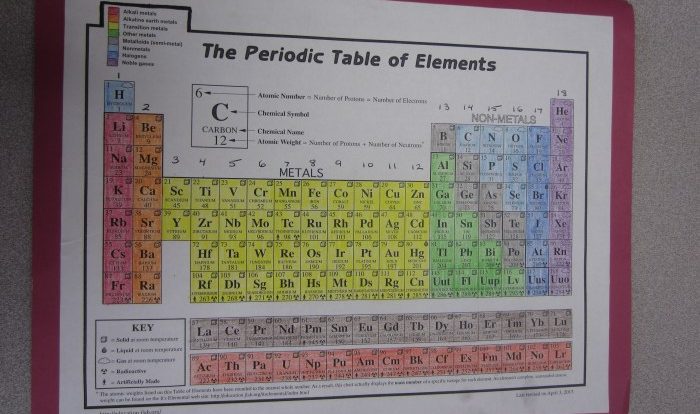Pure substances and mixtures worksheet answers – Welcome to the world of pure substances and mixtures! This comprehensive worksheet answers guide delves into the fascinating realm of matter, exploring the fundamental differences between pure substances and mixtures, their unique properties, and the practical applications that shape our everyday lives.
As we embark on this journey, we will uncover the secrets of pure substances, their unwavering composition and distinct characteristics. We will then delve into the realm of mixtures, where diverse substances intertwine, creating a symphony of properties that define our world.
Pure Substances and Mixtures
A pure substance is a substance that has a constant composition and properties throughout its entire extent. A mixture is a combination of two or more chemical substances that are not chemically bonded. The substances retain their identity and are mixed in different forms, for example, solutions, suspensions, or colloids.
Pure substances can be either elements or compounds. Elements are the simplest substances and cannot be broken down into simpler substances by chemical means. Compounds are made up of two or more elements that are chemically bonded together.
Mixtures can be classified as homogeneous or heterogeneous. Homogeneous mixtures are those in which the components are evenly distributed throughout the mixture. Heterogeneous mixtures are those in which the components are not evenly distributed throughout the mixture.
Properties of Pure Substances
The physical properties of pure substances are determined by the structure of the substance. The chemical properties of pure substances are determined by the reactivity of the substance.
- Physical propertiesof pure substances include melting point, boiling point, density, and solubility.
- Chemical propertiesof pure substances include reactivity, flammability, and toxicity.
The properties of pure substances can be used to identify the substance. For example, the melting point of a substance can be used to identify the substance.
Properties of Mixtures
The physical properties of mixtures are determined by the properties of the components of the mixture. The chemical properties of mixtures are determined by the reactivity of the components of the mixture.
- Physical propertiesof mixtures include boiling point, freezing point, and density.
- Chemical propertiesof mixtures include reactivity and flammability.
The properties of mixtures can be used to separate the components of the mixture. For example, the boiling point of a mixture can be used to separate the components of the mixture.
Separating Mixtures
There are a number of methods that can be used to separate mixtures. The most common methods are:
- Filtrationis a method of separating solids from liquids.
- Distillationis a method of separating liquids from liquids.
- Chromatographyis a method of separating mixtures of substances based on their different physical or chemical properties.
The method that is used to separate a mixture will depend on the properties of the mixture.
Applications of Pure Substances and Mixtures: Pure Substances And Mixtures Worksheet Answers
Pure substances and mixtures are used in a wide variety of applications. Pure substances are used in the manufacture of products such as medicines, plastics, and metals. Mixtures are used in the manufacture of products such as food, beverages, and cosmetics.
- Pure substancesare used in a wide variety of applications, including:
- Medicines
- Plastics
- Metals
- Mixturesare used in a wide variety of applications, including:
- Food
- Beverages
- Cosmetics
FAQs
What is the key difference between a pure substance and a mixture?
A pure substance has a fixed and uniform composition, while a mixture is a combination of two or more substances that retain their individual identities.
Can mixtures be separated into their pure components?
Yes, mixtures can be separated using various techniques such as distillation, filtration, and chromatography, based on the differences in their physical and chemical properties.
What are some common examples of pure substances?
Pure substances include elements like gold and oxygen, as well as compounds like table salt and sugar.

